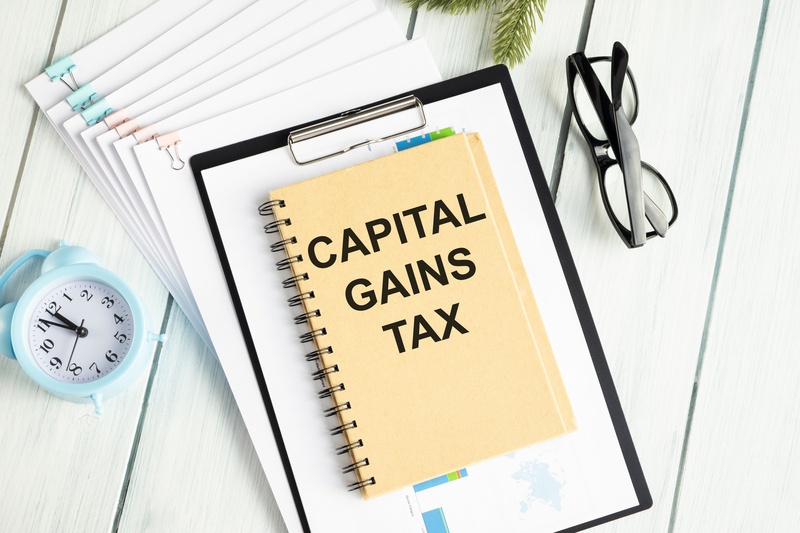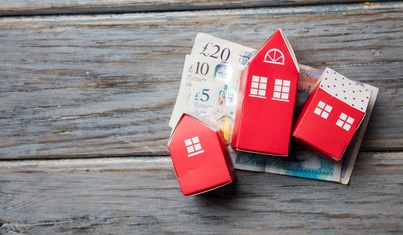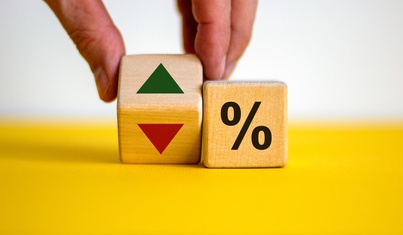Business Asset Rollover Relief allows you to defer Capital Gains Tax (CGT) when reinvesting proceeds from selling business assets. By rolling gains into the cost of new assets, tax is postponed until the new asset is sold. Learn how this relief can optimise your business investments.
Rolling over capital gains is a useful way to defer CGT when you sell or dispose of business assets.
Essentially, if you use the proceeds from selling an old asset to buy a new one, the gain is "rolled over" into the cost of the new asset. This means you do not have to pay CGT on the gain immediately; instead, the tax is deferred until you sell the new asset. This relief is known as Business Asset Rollover Relief. The amount of the gain is effectively rolled over into the cost of the new asset and any CGT liability is deferred until the new asset is sold.
If you do not use all the proceeds from the sale to buy a new asset, you can still make a partial rollover claim. Additionally, you can apply for provisional rollover relief if you plan to buy new assets but have not yet done so.
Rollover relief also applies if you use the sale proceeds to improve assets you already own.
The total amount of relief depends on how much you reinvest in new assets. There are a few conditions to keep in mind.
- the new asset must be purchased within 3 years of selling the old one (or up to a year before), though HMRC can sometimes extend this period;
- both the old and new assets must be used for your business, and your business needs to be trading when you sell the old asset and buy the new one; and
- claims for relief must be made within 4 years of the end of the tax year when the new asset was bought (or the old one was sold, if that happened later).



